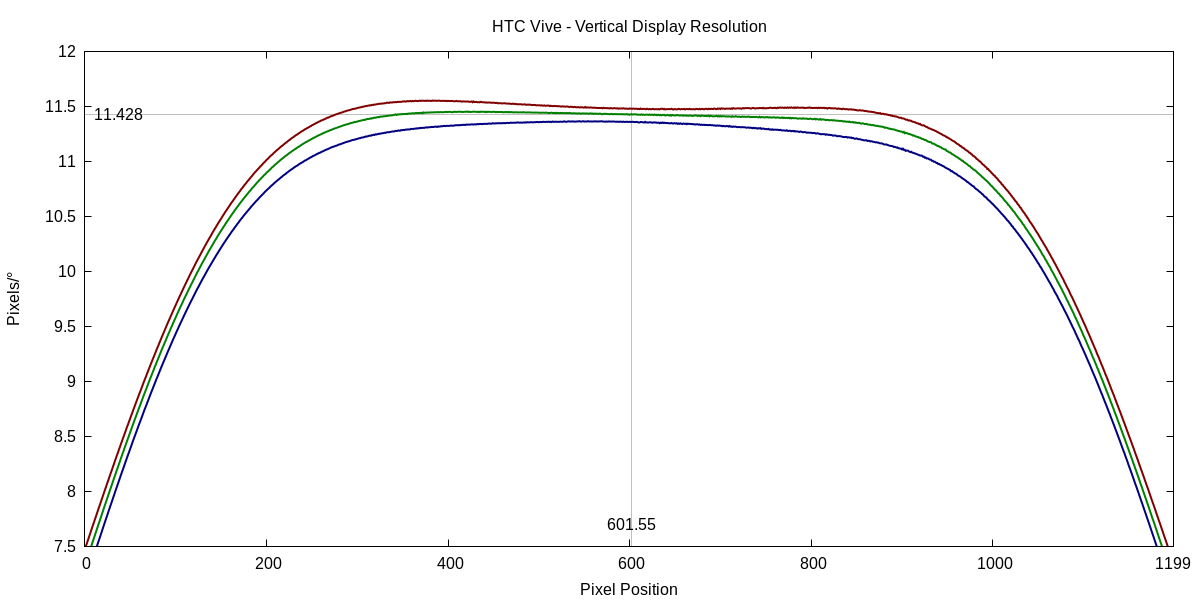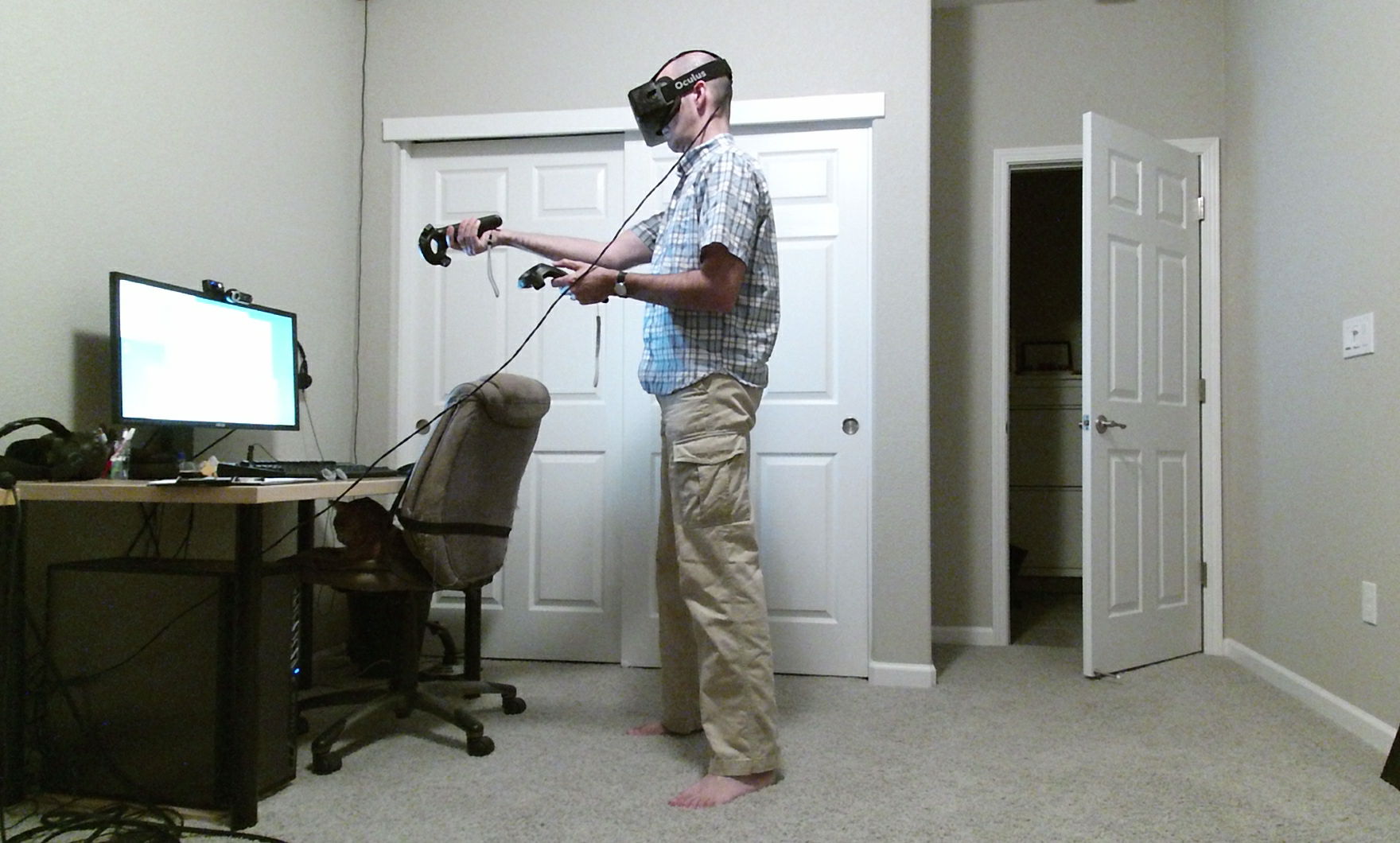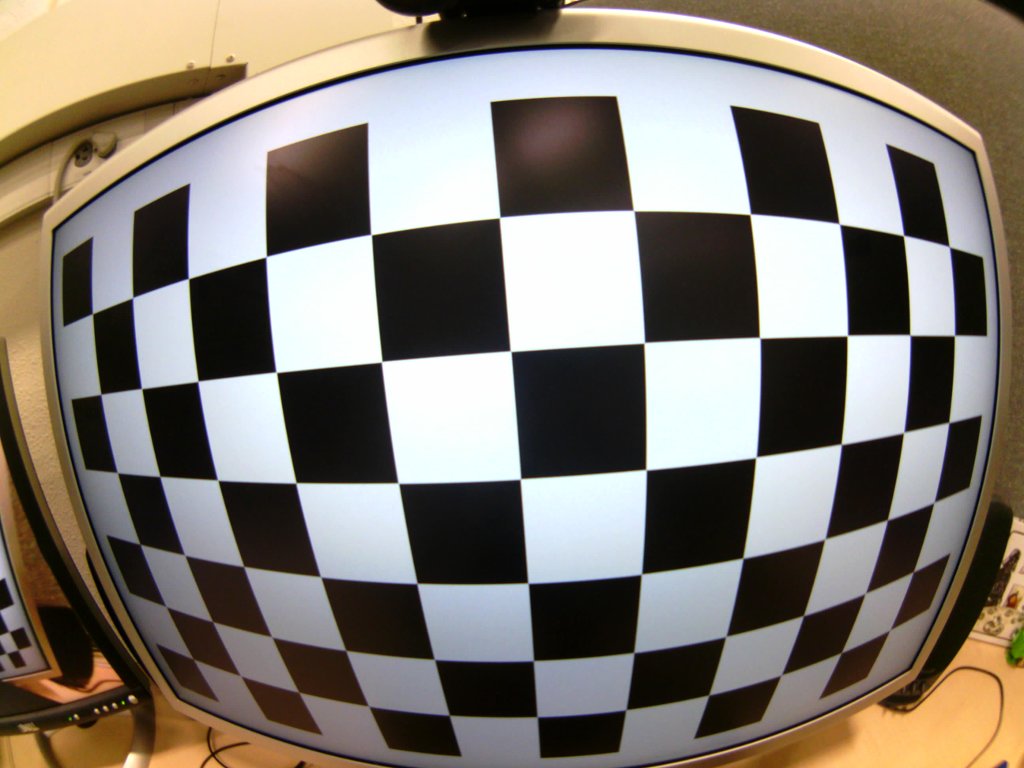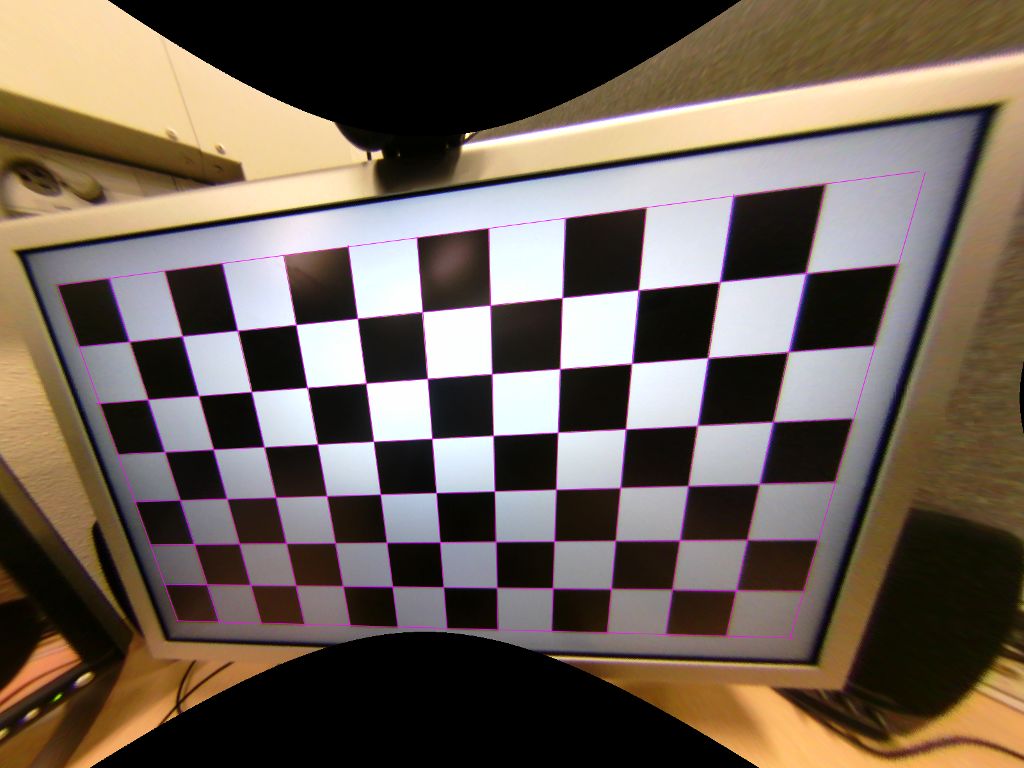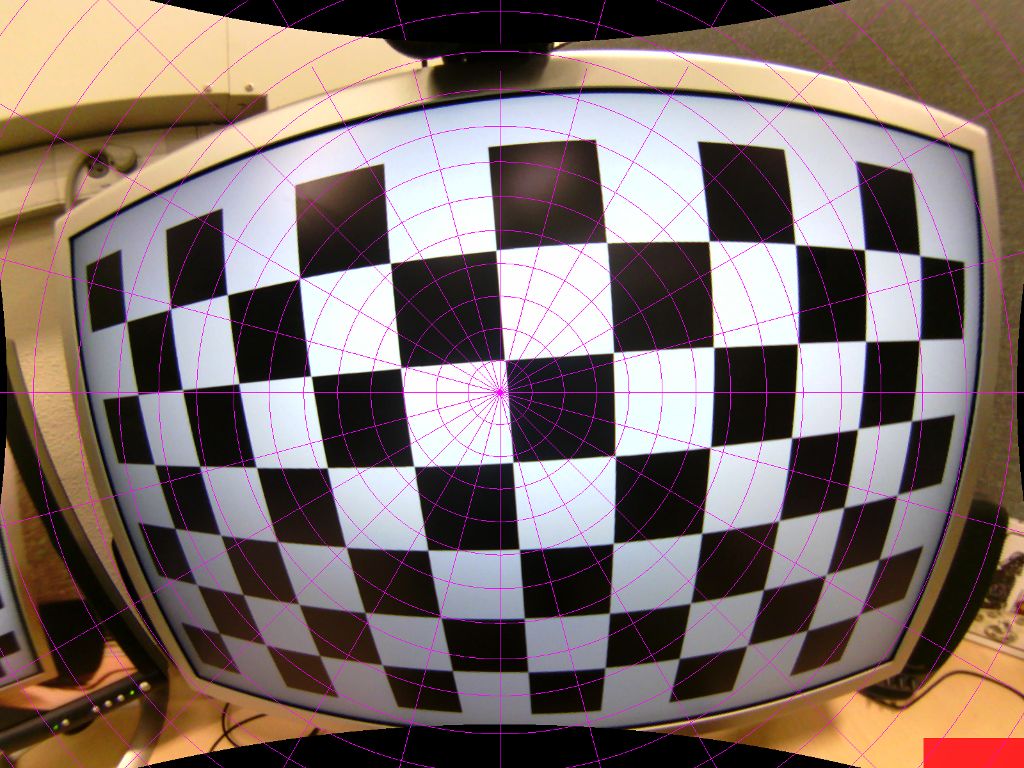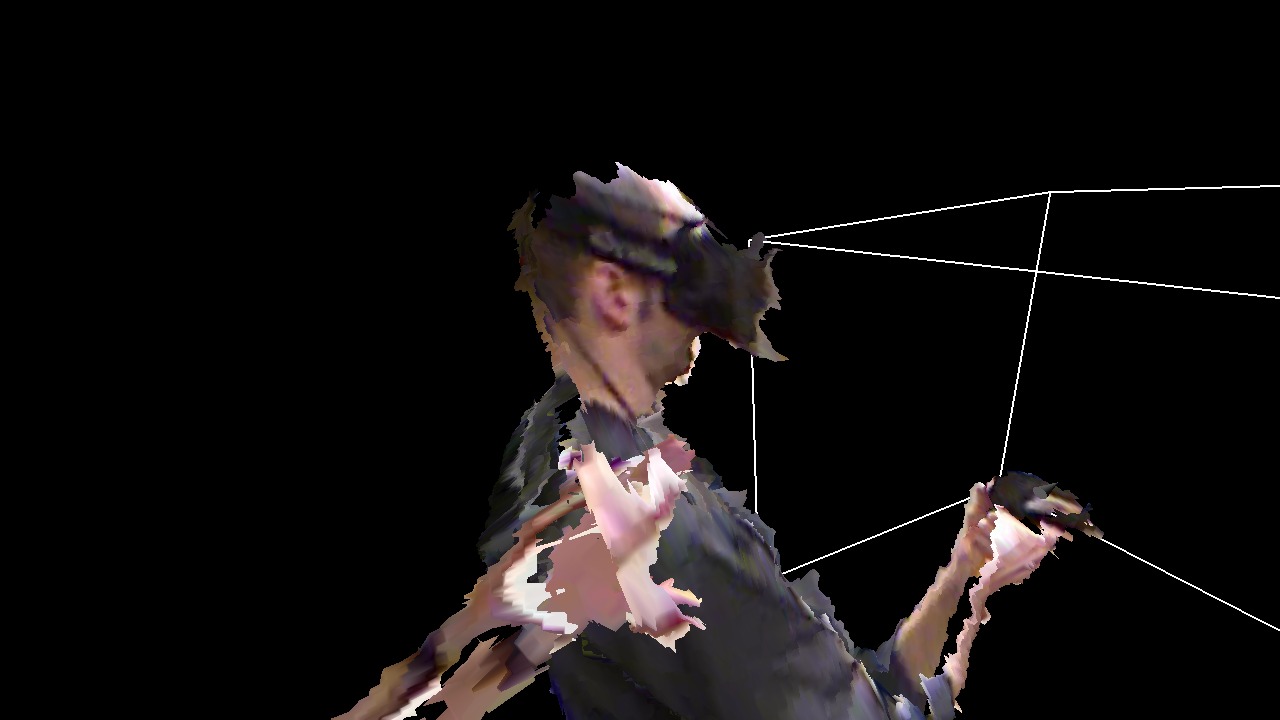Although I’ve taken many through-the-lens pictures of several common VR headsets with a calibrated wide-angle camera, until recently I was still struggling how to compare the resulting fields of view (FoV) quantitatively, how to put them in context, and how to visualize them appropriately. When trying to answer questions like “which VR headset has a bigger FoV?” or “by how much is headset A’s FoV bigger than headset B’s?” or “how does headset C’s FoV compare to the field of vision of the naked human eye?”, the basic question is: how does one even measure field of view, in a way that is fair and allows comparison across a wide range of possible sizes. Does one report a single angle, and how does one measure it? Across the “diagonal” of the field of view? What if the field of view is not a rectangle? Does one report a pair of angles, say horizontal⨉vertical? Again, what if the field of view is not a rectangle?
Then, if FoV is measured either as a single angle or a pair of angles, how does one compare different FoVs fairly? If one headset has 100° FoV, and another has 110°, does the latter show 10% more of a virtual 3D environment? What if one has 100°⨉100° and another has 110°⨉110°, does the latter show 21% more?
To find a reasonable answer, let’s go back to the basics: what does FoV actually measure? The general idea is that FoV measures how much of a virtual 3D environment a user can see at any given instant, meaning, without moving their head. A larger FoV value should mean that a user can see more, and, ideally, an FoV value that is twice as large should mean that a user can see twice as much.
Now, what does it mean that “something can be seen?” We can see something if light from that something reaches our eye, enters the eye through the cornea, pupil, and lens, and finally hits the retina. In principle, light travels towards our eyes from all possible directions, but only some of those directions end up on the retina due to various obstructions (we can’t see behind our heads, for example). So a reasonable measure of field of view (for one eye) would be the total number of different 3D directions from which light reaches that eye’s retina. The problem is that there is an infinite number of different directions from which light can arrive, so simple counting does not work.
Continue reading


